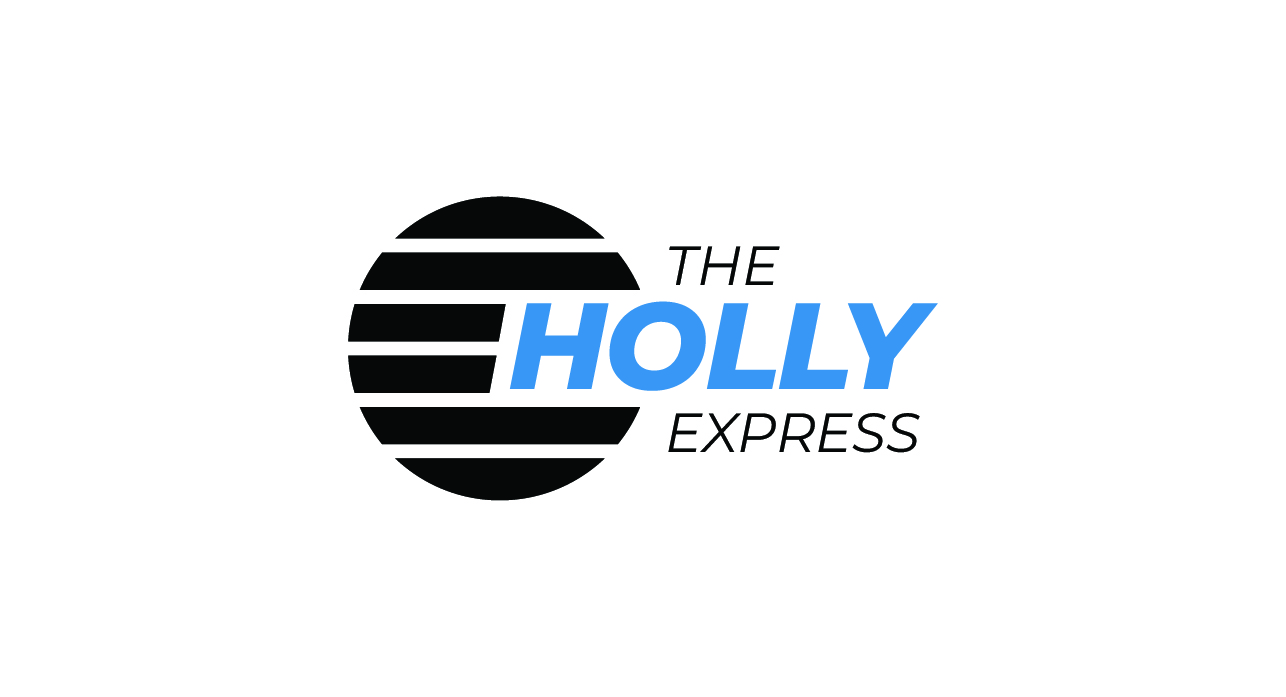Stories and spectacle: climbing Sydney Harbour Bridge for a First Nations view
As part of the Sydney Festival, BridgeClimb is being reimagined with a First Nations perspective. We are a group of…
As part of the Sydney Festival, BridgeClimb is being reimagined with a First Nations perspective.
We are a group of adults who have finally learned the original language of a place by climbing the Sydney Harbour Bridge. This is a way to fill in the gaps of our cultural ignorance.
We’re taking part in Burrawa, which means “above,” or “upwards,” an event at the Sydney Festival that shares the words and stories of Indigenous peoples who have lived in this area for centuries in a new twist on the popular tourist attraction BridgeClimb.
Participants usually soak up the 360-degree view of Sydney without challenging a Westernised perspective of the land and harbor. On this first Burrawa climb, we will learn legends as we walk on the steel spans of the bridge. More than 20 years ago, 250,000 Australians crossed the bridge in a march for reconciliation.
Our guides, dressed in harnesses and jumpsuits, teach us ” Putawa,” according to the diaries kept in 1790-1791 by Lieutenant William Dawes, the first Fleet Engineer and Astronomer.
Patyegarang was a Cammeraygal teenager who taught Dawes many words in the Sydney dialect when she visited him at his hut, which became Dawes Point. She taught him to ana, which he then translated as “To court.” To court. Some people speculate that theirs was an affair.
Would that mutual understanding be commonplace?
Other early attempts were made. We just listened to a recording of a song played by Bennelong, a Wangal man in London in 1793 on hardwood sticks. He was the very first Aboriginal to return from Europe.
Burrawa was developed in collaboration with the not-for-profit group Tribal Warrior and the Metropolitan Local Aboriginal Land Council. Mia Makin is a young performer in her HSC. She tells us that in researching her role, she learned about the dominance of women in pre-colonization time.
Makin, whose heritage comes from the Wiradjuri people and whose country is located west of the Blue Mountains in Australia, shares a sad tale about Barangaroo, the fierce Cammeraygal wife who was married to Bennelong. She says that Barangaroo, the leader of Barangaroo’s clan, was a very strong woman.
“When she was about to give Bennelong’s baby birth, Governor Arthur Phillip tried to convince her to go to the hospital because he believed that it would be safer. Barangaroo thought that a hospital meant death and wanted to keep to the tradition of giving birth in the country.
Unfortunately, the baby died from complications.
Matty Webb is our Kamilaroi Guide and has worked as a television producer for Indigenous station NITV. He says that some infant females were wrapped in fishing wire around their little fingers to sever it and then throw the “pinky” into the water. This was both a symbolic gesture as well as a practical way to make fishing easier.
We climb steadily in the humid air, accumulating a vocabulary that includes “warami” or “hello”, Warrane, Sydney Cove, and Tallawaladah – the place we call The Rocks. Goat Island, to the west, is known by Indigenous peoples to be the eye of the Eel who travel through the harbor. We learn that “burra” is Eel.
Webb shows us the eel dance as we reach the summit at 134 meters above sea level. Our jumpsuits and harnessed bodies are awkwardly shifted from left to right as we sway. Most of us have never danced on the Harbour Bridge before.
After we have taken in the visual context, we can now place Indigenous clans, words, and places in the appropriate flags. The Australian and New South Wales flags are the only two flying.
Only during the Reconciliation, Naidoc, and 26 January does the Aboriginal flag fly on this bridge. Wesley Enoch, director of the Sydney Festival, says that there is talk about a third pole being erected. That would be incredible. “The more we talk about this, the closer it gets to becoming a reality.”
Enoch, who is from Noonuccal Nuugi, believes that the recent change in Australia’s National Anthem, Advance Australia Fair, by substituting “one,” for “young,” in “For we are free and young,” was a small but positive step.
He says that the thought behind the words “change” is more important than just the word itself. “I would like that way of thinking to influence a lot of conversations about the [Indigenous] voices in parliament.
“In many respects, we are moving beyond reconciliation to talk more about sovereignty and Treaty. Burrawa is a good way to look at sovereignty: Understand the story and where First Nations people came from.”
